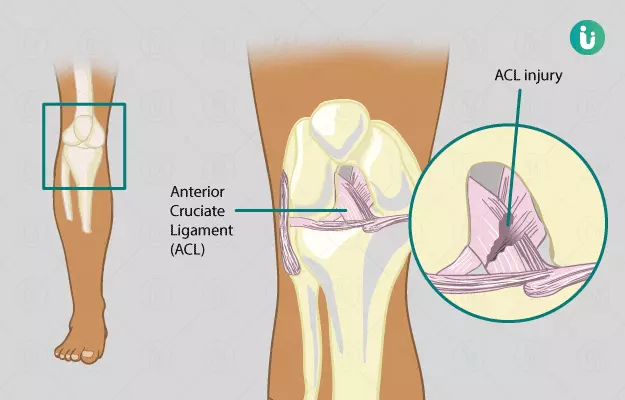Summary
Anterior cruciate ligament (ACL) injury is a very commonly occurring sports injury and it affects the function of the knee. In case you get this injury then optimal treatment is very necessary because it can affect your joint function, sports activity, work, and other daily activities. The most common treatment employed for ACL injury is a reconstruction surgery, which is performed by putting small incisions around your knee. The torn ligament is replaced by a tendon from another portion of your knee or from a donor. The procedure is performed by a specialist surgeon after taking necessary pre-surgical steps, such as assessing the status of your health, blood tests, X-rays, anaesthesia (a procedure to numb the surgical area) and so on. After the surgery, a few days of hospitalisation is needed followed by home care which includes exercises, dressing, eating healthy and preventing strain on the operated knee. Read on to know more about the procedure.






































